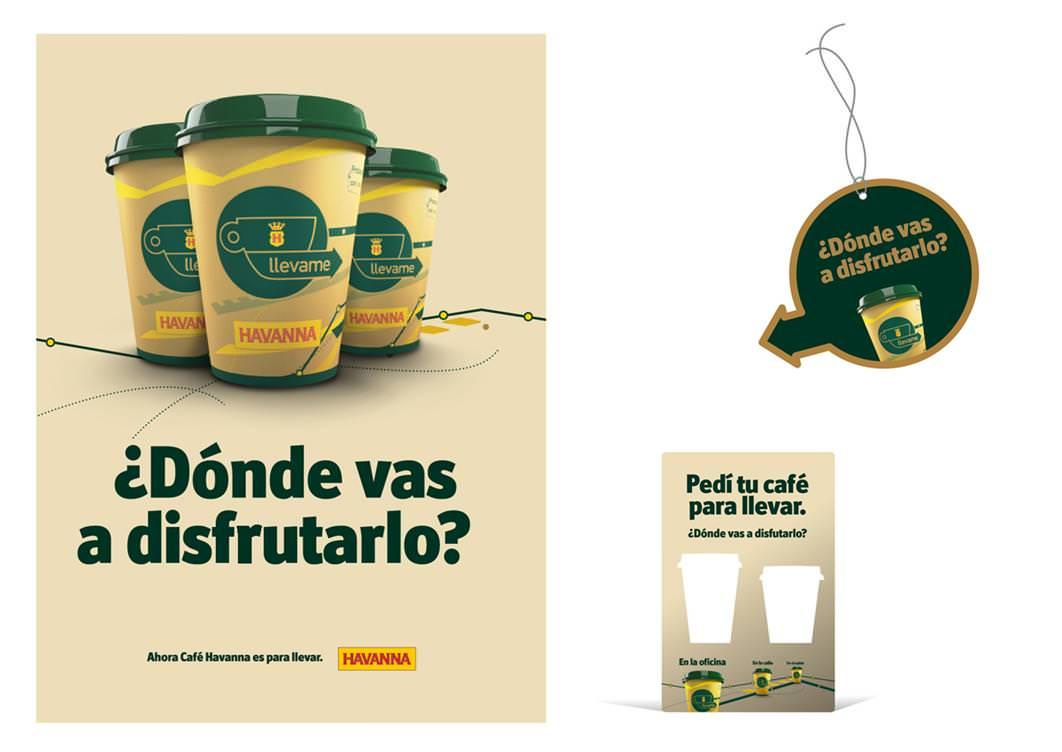If you want proof of Buenos Aires’ leisurely, sit-down coffee culture, look no further than the biggest homegrown chain, Havanna. Here on the counter, just along from their beloved range of alfajor biscuits, you’ll find a diagram explaining just how takeout coffee works. “On the street! At the office!” read the helpful instructions, next to picture of a paper cup.

Other cities in the world may have lapped up American-style “coffee to go”, but Buenos Aires’ unhurried café culture remains firmly rooted. People like coffee here, but they like even more the excuse it brings to take some time out, to meet with friends, to discuss politics. The world, it seems, can be put to rights over a cortado (espresso with a thin layer of foamed milk).
Most visitors to Buenos Aires wanting an insight into this way of life make a beeline straight for the famous Café Tortoni. This ornate 1800s building maybe a tourist trap, but it is still a special place. Here is an American travel video singing its praises (and giving some tips on Argentine sign language):
(Note: we don’t recommend staying all-day on a $1 coffee. The tourists queuing outside won’t thank you. Prices have no doubt gone up since 2009 too.)
For some less obvious choices, the Buenos Aires tourist board has a list of 60 ‘notable’ cafes on its website. Alternatively, you can pick up a guidebook dedicated to the subject or check out the New York Times’ less conventional round-up.
You’ll pay a little extra to drink on a central plaza, but it may be worth it for the people-watching opportunities. Try the not-very-attractive-but-always-busy Plaza Serrano (aka Plaza Cortazar) in Palermo, or the slightly-more-attractive Plaza Palermo Viejo (aka Plaza Armenia). In San Telmo, there’s Plaza Dorrego, where the tango dancers come out on a Sunday night; in Recoleta, there’s Plaza Francia, where tourists visiting the famous cemetery mix with the country’s elite, who have been shopping on Avenida Alvear.
For a long time, Buenos Aires was refreshingly Starbucks-free, but they opened their first store to great fanfare in Alto Palermo shopping mall in 2008. In their typical style, Starbucks have already expanded rapidly to reach 27 stores across the city. The company plans to have 90 stores in the country by 2013.
Here are some fans queuing up for overpriced refreshment on the store’s first day:
Just like Starbucks has its own language (skinny venti frappucino – urgh), in an Argentina café you have to learn some lingo too. The aforementioned cortado is perhaps the most important, but you also have to know jarra (served in more elongated glass or cup), a lagrima (a milky drink with just a splash, or literally a tear, of coffee) and a submarino (a glass of hot milk with a baton of chocolate to stir in). Cappucinos aren’t common (and typically aren’t done well) unless you’re in a fancy Palermo spot.
And note that even if you order your coffee ‘solo’ (i.e. black), it will rarely come unaccompanied. You can usually count on a member of the Argentina food family such as a biscuit or two, or a little cake, plus a glass of soda water and maybe a small orange juice.
With service like this – and waiters who are typically equally unhurried – it’s no wonder Argentines take their time.


Latest posts by Vicky Baker (see all)
- The Real Tango Experience in Argentina - May 1, 2013
- In Case You Haven’t Heard, the Pope is from Argentina - March 20, 2013
- Argentinian Culture Around the World - January 8, 2013


[…] The Real Argentina Argentina’s cafe culture […]
Nice post. When I visit Buenos Aires my grandparents always invite me to the old, historic cafes, but my friends always invite me to the new Starbucks on the corner! The coffee culture here sure is changing…
So true! Which is your favorite classic/historic cafe in BA?
Thanks for commenting.